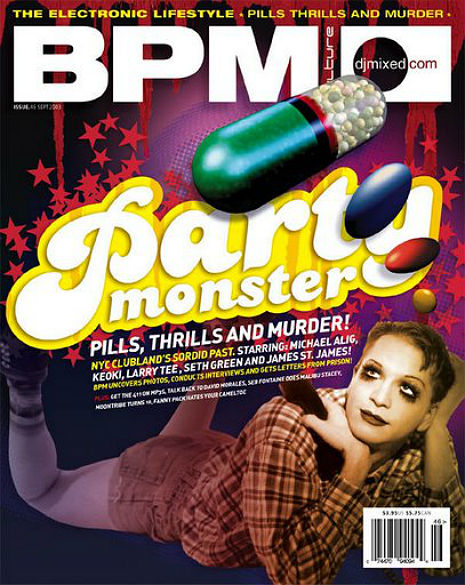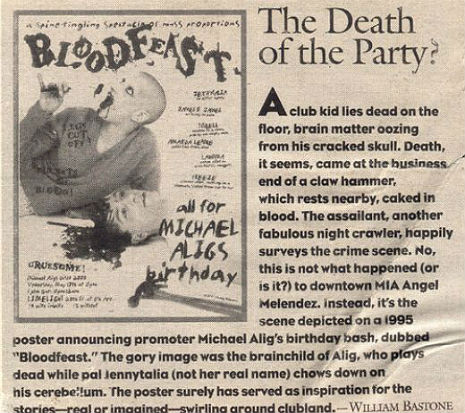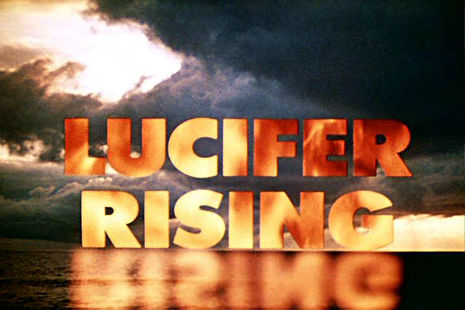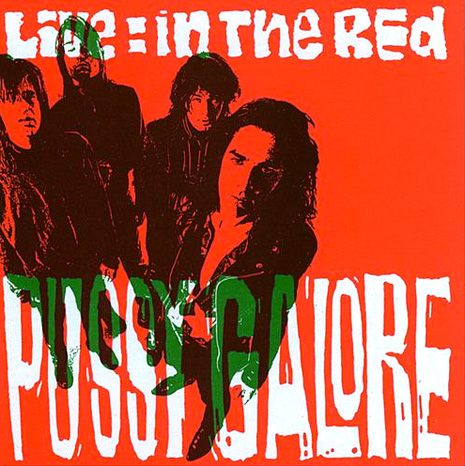
Michael Gira’s band Swans have shape-shifted but plenty. They made their reputation with an extraordinarily punishing and shockingly nihilistic take on no-wave music in the 1980s, culminating in the colossal masterpiece Children of God. They then curve-balled their fans with relatively introspective and quietly mournful LPs at the decade’s turn. The ‘90s saw further experimentation, ending with the final album of their first incarnation, Soundtracks for the Blind
in 1996. But whatever Swans’ approach, be it the bludgeoning riffs of their early years, the tape loop experiments of the mid ‘80s, or the early ‘90s acoustic efforts, the band’s oeuvre has been united, partly by musical and lyrical darkness, certainly, but also by the ability of all the band’s many lineups to conjure the elemental.
Swans went silent in 1997, after which Gira continued to work both solo and in The Angels of Light. Then, in 2010, Swans reappeared, with Gira and stalwart guitarist Norman Westberg leading an otherwise entirely new lineup. Quoth Gira, from a recent phone conversation:
I just wanted to continue making music. I was doing the Angels of Light project for 13 years and I was growing a little bored with it. I wanted to do something a little more all-consuming, intense. So I started to think seriously about reconstituting Swans, I thought that was the best path. There are certain ways of making sound, and avenues that were maybe started that weren’t fully explored that I wanted to continue, and that pushed into new things. Once we started working on Swans it became its own new entity, and opened up in ways that I never would have anticipated.

This reinvigorated Swans released My Father Will Guide Me Up a Rope to the Sky, an album that met with instant acclaim. As if to prove that this was no fluke, they followed it with the triple-LP The Seer
, an album so successfully ambitious it easily equalled Children of God at the absolute top of the band’s discography. In mid-May, the band will release a second triple-LP, To Be Kind
, with a heavy-friends lineup that boasts vocalists Al Spyx, St. Vincent, and Little Annie, and Ministry/R.E.M. drummer Bill Rieflin. I wonder, who else has done two consecutive triple-LPs? Anyone? And furthermore, who has done two consecutive stunningly awesome ones?

Having only gotten all the way through it twice, I’m still just going to commit to this: To Be Kind is very nearly as astonishing as its predecessor, and with exceptions noted below, it’s just perhaps a bit less musically diverse—many songs here share a noticeably similar emotive arc (21st Century Swans seem to have taken a liking to post-rock crescendoes), though fortunately it’s a compelling and effective one. And most of these songs are loooooong, but this, too, is a good thing; every musical element is treated as though it has great value, and is given plenty of room to grow and breathe and live before new ideas and dynamic shifts creep in. Both albums have half-hour set pieces, and my chat with Gira revealed that the new one is actually an outgrowth of the previous.
”Bring the Sun/Toussaint L’Ouverture“ grew out of playing “The Seer” live. As that song was winding down, we started improvising, and what you hear on this album is what came out of that over a year of playing. These pieces kind of developed along the way, and I gradually developed words for them. I was reading a friend’s book about one of the instigators of the slave revolt in Haiti, Toussaint L’Ouverture, and so I started throwing in signifiers for that gentleman, and it became that song.
Though it parallels The Seer in other ways, and it’s easy to conclude that two oceanic-sounding triple albums could work as a matched set, Gira holds that the albums aren’t meant to be taken as a pair:
I don’t conceptualize how things fit together with what came before, or the next thing. The one thing I do try to accomplish is not to repeat ourselves exactly, just to take certain threads from what we’ve done and move forward with those and leave other things behind. I tried to avoid the kind of long soundscape kind of passages that were on The Seer, I felt that would be redundant to do again, and wanted to push more of the groove aspect that was nascent in the touring band.
The groove-oriented songs are a welcome surprise. Passages in “She Loves Us” and “Oxygen” have moments that could pass for straightforward rock, moreso than any other Swans songs I could name off the top of my head, and “A Little God in My Hands” sounds like a new direction altogether. Even when toying with decidedly not-so-Swans ideas, though, Swans, as always, sound unequivocally like Swans. Here are “A Little God…,” which has been online for a few weeks now, and “Oxygen,” which debuted earlier this week on The Quietus. (Incidentally, if you’re not already reading that site, good lord, get on that already, it’s fantastic.)
Swans, “A Little God In My Hands”
Swans, “Oxygen”
Lastly, here are early live versions of “Just A Little Boy” and the title track, recorded in Barcelona last summer.




























